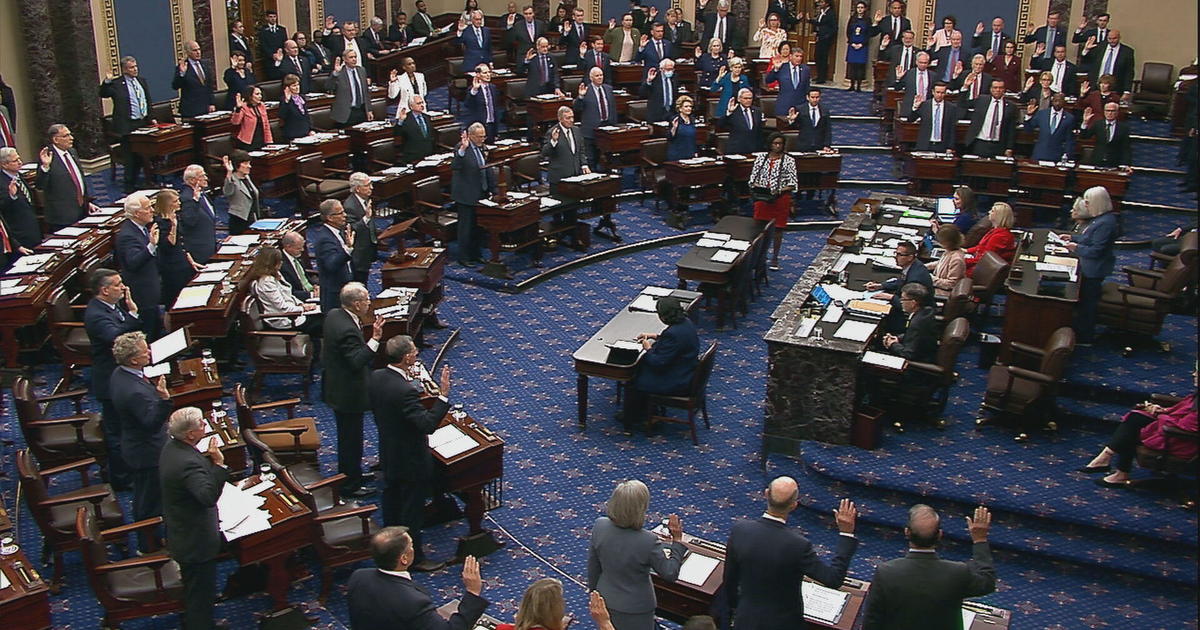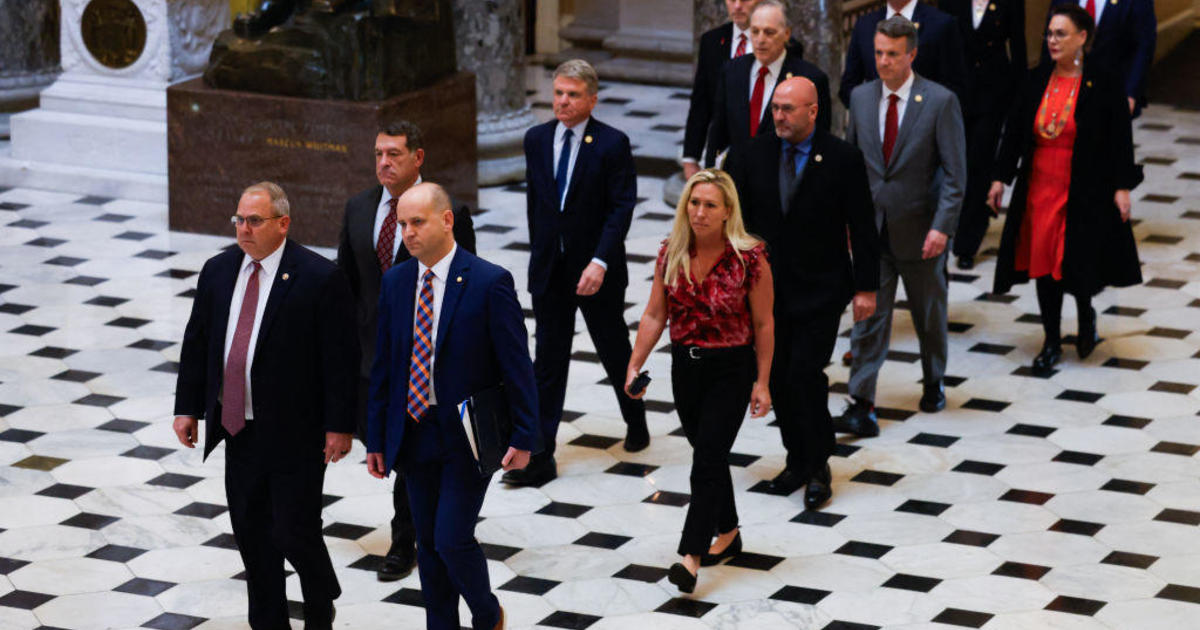The history of the filibuster — and how it's been used over the years
The most famous filibuster in history was dramatized in the classic Hollywood 1939 movie "Mr. Smith Goes to Washington." That one was fictional, but over the years there have been plenty of real — and often ridiculous — filibusters.
Cato the Younger gets the earliest historical credit for a filibuster when he tried to thwart Julius Caesar's plans in ancient Rome, "CBS This Morning: Saturday" co-host Jeff Glor reports.
The U.S. Senate defines a filibuster as an "informal term for any attempt to block or delay Senate action on a bill or other matter by debating it at length, by offering numerous procedural motions, or by any other delaying or obstructive actions." The word itself sprang from the Dutch word "vrijbuiter," meaning pirate or plunderer.
It has taken off in the U.S. Senate. Decades ago, former Louisiana Senator Huey Long, in an attempt to block a confirmation, recited salad dressing and oyster recipes during a 15-and-a-half-hour filibuster. Former Wisconsin Senator Bob La Follette nearly incited a brawl by threatening to chuck a brass spittoon in 1917. And former South Carolina Senator Strom Thurmond used a sauna to dehydrate himself so he wouldn't have to use the bathroom, allowing him to speak for more than 24 hours straight during a filibuster intended to stop the passage of the Civil Rights Act of 1957. It remains the longest recorded filibuster in American history.
In the 1950s and 1960s, in particular, Thurmond and a group of senators used the filibuster frequently to block civil rights reform.
"It was southern Democrats who were filibustering against their own party and it was the Democrats and liberal Republicans who were voting to try to stop those filibusters," Don Ritchie, the Historian Emeritus of the Senate, told CBS News' Glor.
In recent weeks, some congressional Democrats have voiced support for eliminating the legislative filibuster.
"Is there anything in the Constitution about filibusters?" Glor asked Ritchie.
"There is a very small phrase in the Constitution that has a lot of weight in this and that is that each house of Congress can write its own rules," Ritchie said.
He said the biggest misconception about the filibuster "is that people think you have to stand up and hold the floor, by yourself, for hours, and just talk."
There are silent ways to stall. Today, if someone does speak up, it's usually because they want media attention. In 2013, Texas Senator Ted Cruz famously read Dr. Seuss' "Green Eggs and Ham" in protest of former President Obama's Affordable Care Act.
That same year, Kentucky Senator Rand Paul objected to a U.S. domestic drone policy, fueled by milk and candy.
"Every time you have a majority that really wants to get something done, they object to the minority filibustering," Ritchie said.
The filibuster does remain an annoyance for any new leadership, and maybe, it always will.
"I think the talk about filibuster reform will probably be more intense at the very beginning of this Congress and won't be necessarily on the agenda after a while," Ritchie said.
"And then we'll just do it again in two or four years?" Glor replied.
"Exactly. Right," Ritchie said.



